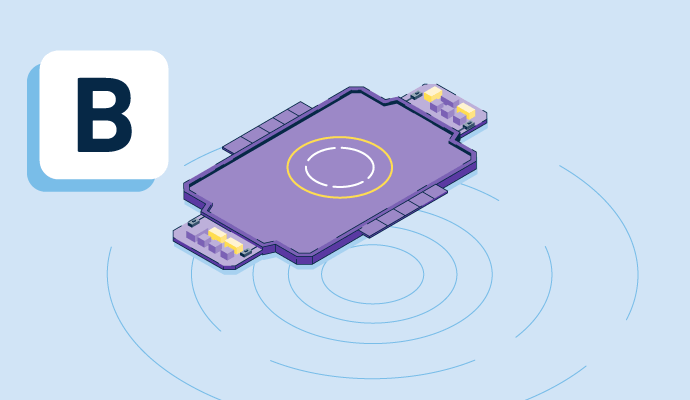What is bleeding edge?
Bleeding edge refers to a new product or service, usually involving technology, that has been released to the public even though it hasn’t been thoroughly tested. Due to its lack of testing, this type of technology often comes with a certain amount of risk for the consumer, especially if it’s flawed or misses the mark.
Since bleeding edge technology is released to the public before it undergoes significant testing, consumers investing in this technology are at risk. Their time and money are among the expenses that go hand in hand with bleeding edge.
Companies can test and tweak new technology with A/B testing software. This type of software releases different versions of digital content and tracks which variation encourages more visitors to convert. By studying performance results, marketers can personalize the experience for each visitor.
Advantages of bleeding edge
Bleeding edge technology has its fair share of advantages. It has the potential to:
- Help a company gain a competitive advantage. A product or service that’s first to market typically allows a company to establish brand equity, loyalty, and recognition before competitors enter the space.
- Establish market share. If the technology later becomes mainstream, bleeding edge technologies get a jump on the competition and typically earn significant market share before competing with others.
- Allow for user feedback. Since users are the first to test out the new technology, they can offer the company critical feedback to help improve future iterations and the overall user experience.
Disadvantages of bleeding edge
Bleeding edge technology can sometimes also present disadvantages. Some include:
- Consumer backlash. If the technology doesn’t deliver on its promises, consumers may inform others via negative online reviews or word-of-mouth. If a company ends up with a product on the market that isn’t selling, it may have to absorb the costs involved in its research and development, which threatens the organization’s longevity.
- Risk of copycat technology. When a company is first to market with a good product or service, other companies may try to replicate or improve bleeding edge technology. Over time, this may lead to a significant decrease in market share.
- Glitchy technology. Without time to properly test the products, the technology might not be perfect, and the flaws may not be able to be quickly or easily fixed.
Example of bleeding edge technology
Technologies that once seemed bleeding edge are now part of the mainstream. For example, when the first iPhone entered the market in 2007, it came with a number of flaws. Through user feedback and developments, glitches have been corrected, and this technology is no longer seen as bleeding edge.
Bleeding edge vs. cutting edge
A very thin yet important line differentiates cutting edge technology from bleeding edge technology. Bleeding edge technology refers to newer products that are risky because they haven’t been thoroughly tested. However, due to their negative connotation, companies may market bleeding edge products as “cutting edge” instead.
Cutting edge technology usually refers to technology that has undergone rigorous testing and is a step ahead of its competitors, ensuring a greater sense of reliability.

Amanda Hahn-Peters
Amanda Hahn-Peters is a freelance copywriter for G2. Born and raised in Florida, she graduated from Florida State University with a concentration in Mass Media Studies. When she’s not writing, you’ll find Amanda coaching triathletes, cuddling up with a good book, or at the theater catching the latest musical.




















